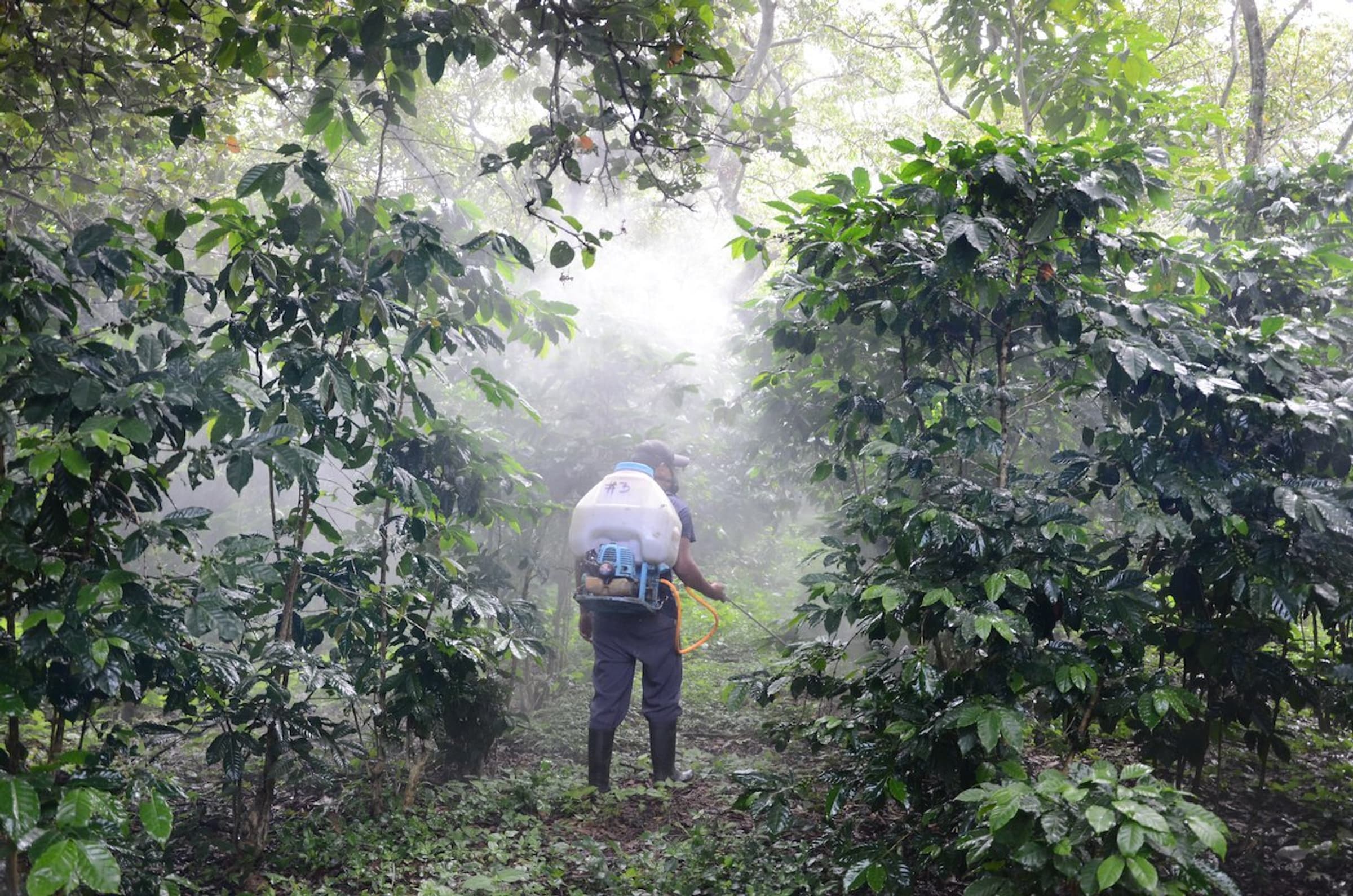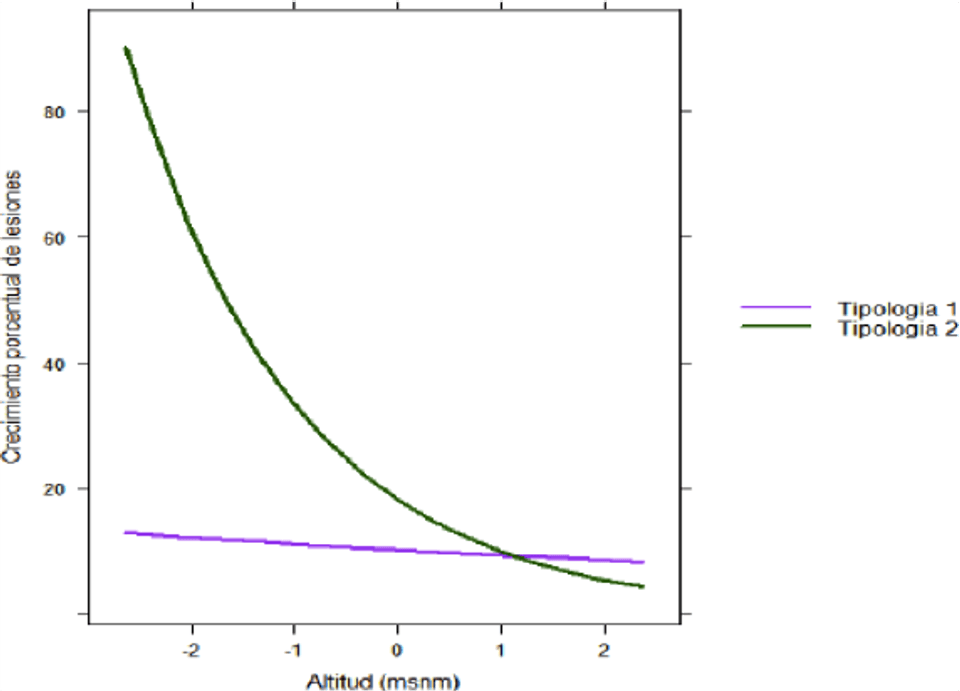To fertilize, or to spray?: The link between nutrition and leaf rust
At low altitude, applying fertilizer was more effective at controlling rust than spraying with fungicide.

A farmer in Guatemala spraying fungicides.
Coffee leaf rust, and how to control it, are usually the top two concerns for coffee farmers across Central America. World Coffee Research paired up with expert Dr. Jacques Avelino to do more research on coffee leaf rust, specifically on how rust interacts with coffee microclimates, different management practices, and the coffee plant itself. Last week we discussed Avelino's fascinating study on the correlation of shade and rust; this week, we want to examine Dr. Avelino's study linking nutrition and rust.
This second study looked at the interaction between altitude and two main approaches to crop management—fertilization and spraying fungicides—on the severity and growth of coffee leaf rust infections. What is better for the coffee plant: to spray against rust, or to give the plant better nutrition to allow it to grow stronger and as a result fight rust? And how does this answer change with altitude?
Dr. Avelino’s team examined in detail a representative set of 48 plots in Acatenango, Guatemala, gathering data on more than 30 variables including soil and leaf analysis, shade type, management type, and altitude. The team measured not only the percentage of leaves infected with rust, but also the growth of individual lesions on individual leaves.
The result? Clear, rigorous data from working farms showing that fertilization enhances the plant’s physiological response in fighting the growth of rust lesions—and that at low altitudes where rust thrives, applying fertilizer was more effective at controlling rust than spraying with fungicide.
Common sense would tell you that a healthy, well-fed plant is better able to fight off infections. However, no hard facts or rigorous studies have previously proven this assumption. This is a significant contribution to a growing body of research that demonstrates that attending to plant health in general will be essential for managing coffee leaf rust in the future. It is especially important given the well-founded concern that coffee leaf rust may overcome the resistance mechanism in many existing rust-resistant varieties, as has happened with the Lempira variety in Honduras.

Average growth of individual rust lesions with high levels of fertilizers (T1) vs. high levels of fungicides (T2). The results show that at lower altitudes, where rust thrives, high levels of fungicide application are not very effective at controlling rust. The effectiveness of fungicide raises as altitude increases. However, plant nutrition contributes to low levels of infection regardless of altitude.